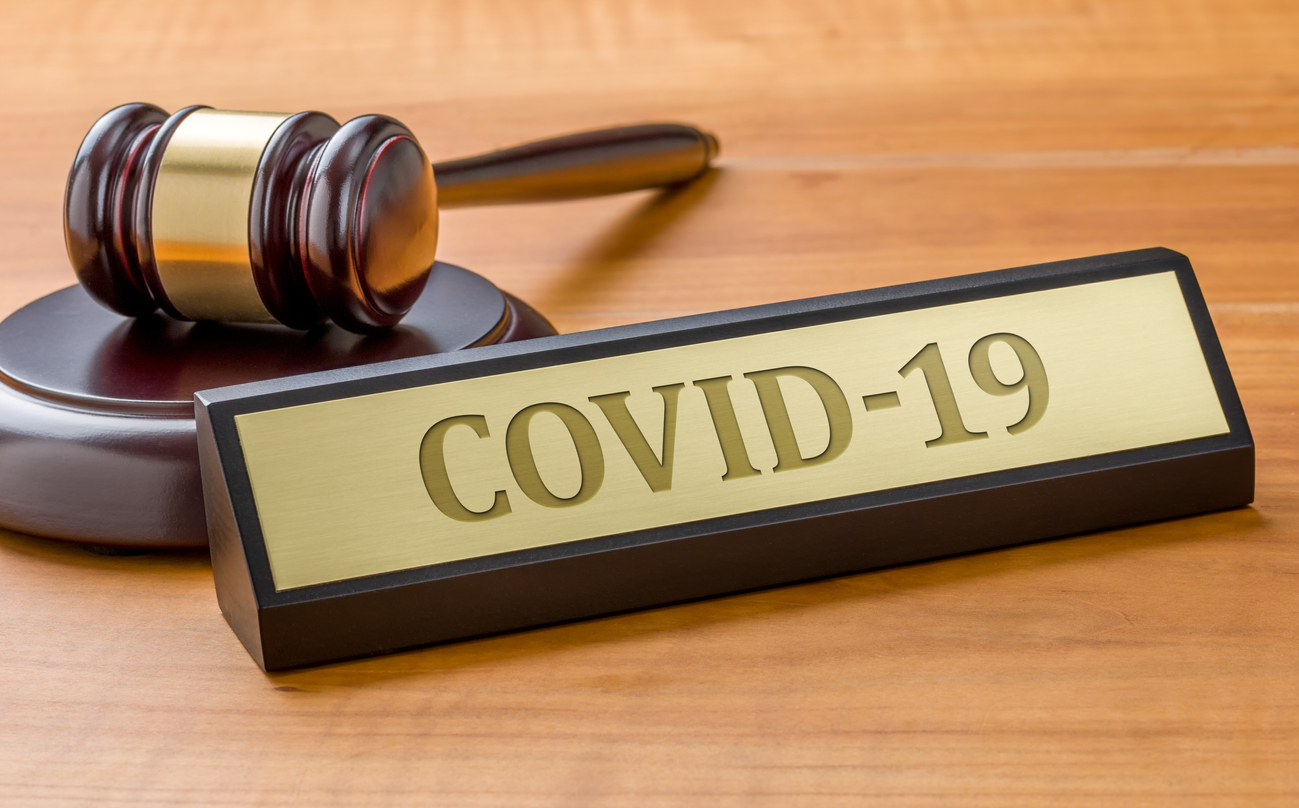In continuing with the series on total loss, this week I direct my attention to Pennsylvania, the “Keystone State.” This nickname was adopted based upon its central location among the original thirteen colonies and the number of important documents signed in the state during the early formation of this nation.1 Like many other states, Pennsylvania’s total loss roots are based in fire losses.
In an early case, a Pennsylvania court looked at a claim brought by the plaintiff seeking insurance benefits for an alleged total destruction of his building caused by fire.2 The court made the following comments:
The generally accepted view is that insurance of a building is upon the building and not upon the materials which compose it, and that the total destruction thereof means its total destruction as a building, but not necessarily the absolute extinction of all its materials, or even that no part of it can be left standing. It has been held by some courts that if a building loses its identity and specific character as a building it is a total loss, although a large part of the materials or components are left standing. Other courts have held that there cannot be a total loss so long as the part of the structure standing is reasonably adapted for use as a basis upon which to restore the building to the condition in which it was before the fire.3
The court adopted the latter view, i.e., a total loss exists if the building cannot be reasonably restored to its pre-loss condition by working with the remaining components. The court further found that this “issue would be determined from testimony showing the parts of the building not destroyed and their relation to each other.”4
So, in Pennsylvania, courts use what has been referred to as the “restoration to use” test. Under this approach, you have to look at what part of the structure is left and determine whether it would be reasonably prudent to proceed with restoration utilizing the remnants.
1 https://en.wikipedia.org/wiki/Pennsylvania.
2 Gossett v. Dubuque Fire & Marine Ins. Co., 35 Pa. D. & C. 443, (1939).
3 Id. at 445.
4 Id. at 445.


